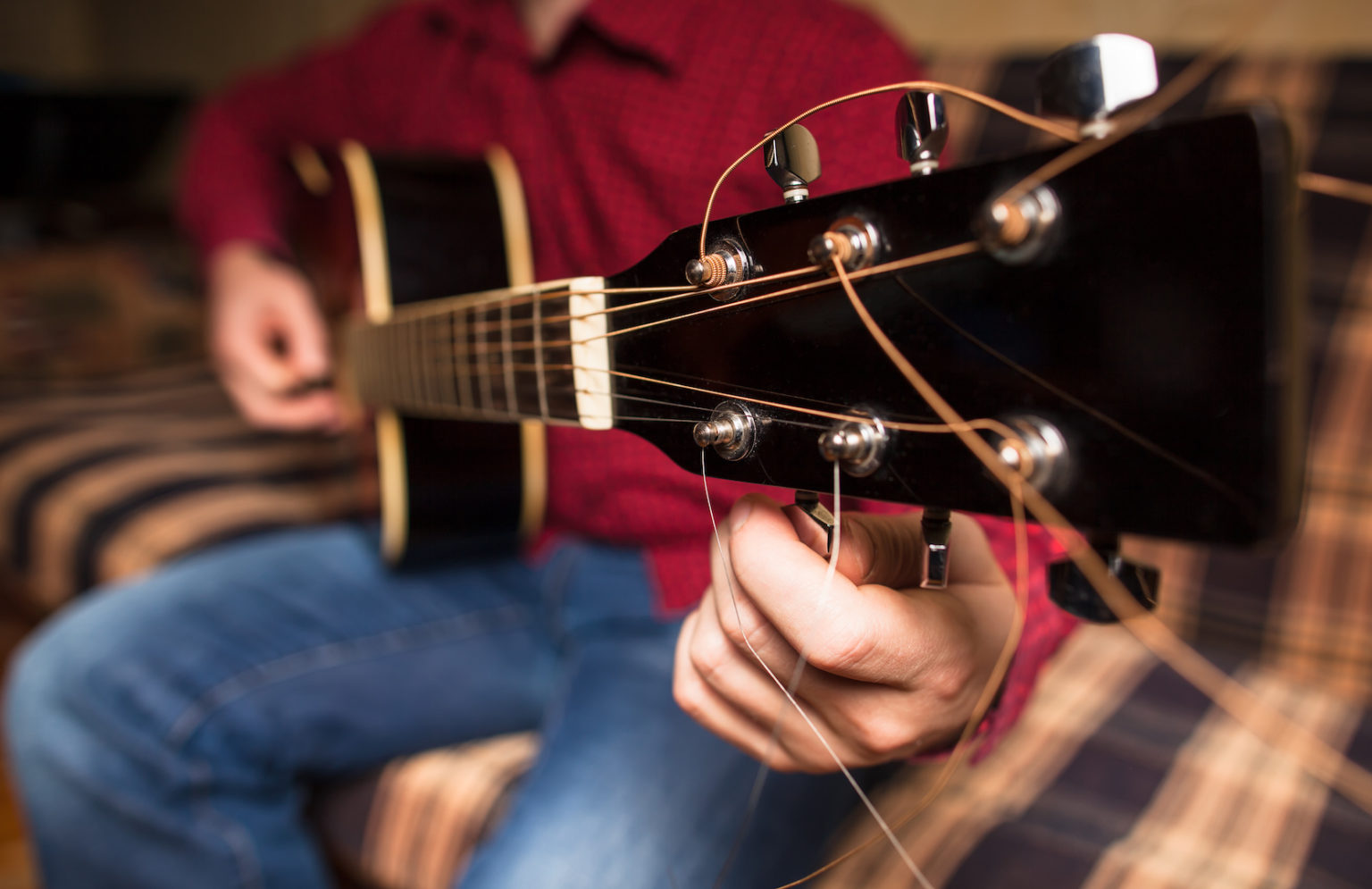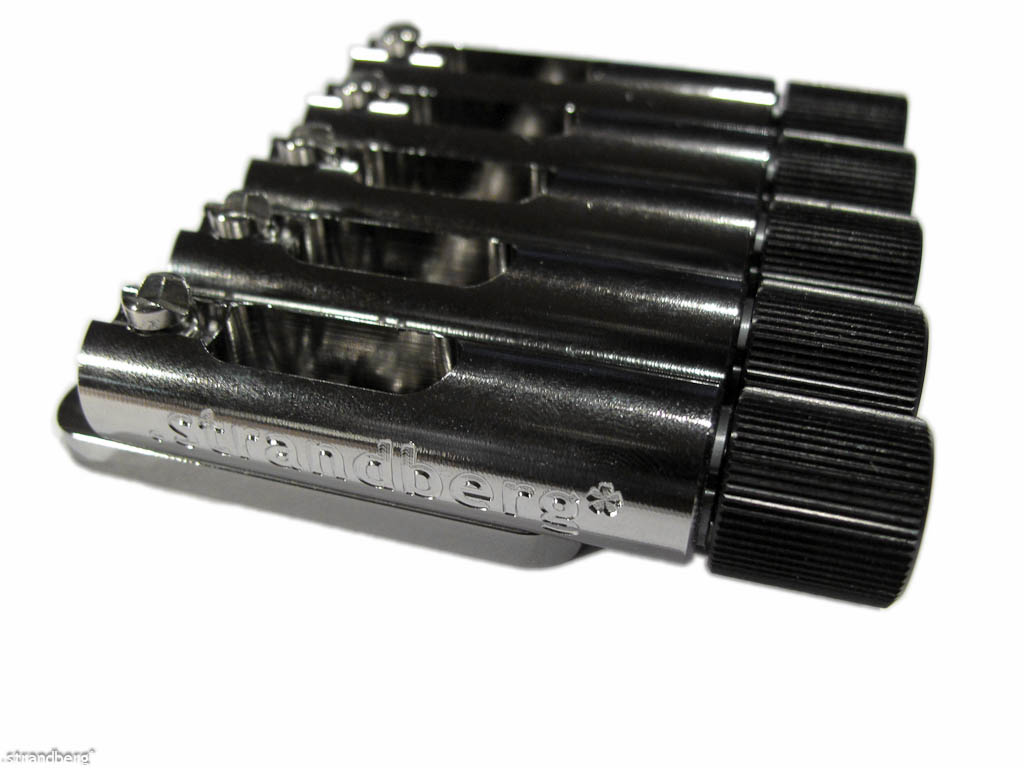

You can go even a bit higher, but from the 8th harmonic it starts to become unreliable which multiple you actually hit – though this can be improved by fingering two nodes on the string. Of course, the pitches are in just intonation: the 5-limit C♯ and particularly the 7-limit G are noticably flatter then their closest 12-edo representatives. Here's a listing of the (IMO) usable harmonics on the A string (lower clef “where you finger” the flageolett-nodes, upper clef resultant sounding note): X:1 Actually it's somewhat easier to produce higher harmonics on bass (at least with fresh roundwound strings), due to the longer scale length, but they are in principle the same. So, TL DR, using up to the sixth partial should be fine, except for the fifth.Yes, the harmonics work exactly the same way on guitar and bass. You only asked about going up to the sixth, but the seventh is also unlikely to be usable unless you’re in a just-intonation setting. This will be somewhere around 14 cents lower than an equal tempered equivalent. However-and this is the part of your question I most wanted to address-the fifth (or tenth or twentieth), 2 octave and a M3rd partial is probably not usable for tuning purposes unless you’re working within a just intonation setting.

That’s why most string players feel perfectly happy using it to tune.Īs with the second partial, any doubling of this partial has the same relationship, so the sixth partial (and twelfth, if you can find it) is just as usable as the third. If you’re trying to be in tune with equal temperament, then this will technically be about two cents sharp, but in most circumstances this difference is insignificant.
#Online bass tuner harmonics series#
The third partial, octave and a P5th harmonic is, of course, perfectly in tune with the overtone series of the string (give or take the inevitable flaws and discrepancies of an actual physical string). The fourth, eighth and (if you can find it) sixteenth partials have the same relationship to the open string, factoring out octave differences. This will be true, therefore, of all doublings of two. The 2nd partial harmonic an octave higher should be a true octave above the open string.

How high the harmonic is above the open string isn’t the primary issue, it’s the natures of the partials themselves. Is it okay to use harmonics as high as the 6th (5th?) harmonic to tune the instrument? Why or why not? If not, should I tune by ear, playing the lower A harmonic and the A440Hz or should I train myself to get the tuner to line up to 220Hz?

I know that pianos and plucked instruments exhibit stretched tunings because of inharmonic strings, but I had thought I read somewhere that bowed instruments have perfectly lined up overtones because of the bow action, but I don't know if this still applies to playing the harmonics themselves. If I then play the harmonic an octave above that (somewhere F on the D string), that high A is recorded more correctly 440Hz. If I set my tuner to simply record my intonation, the note I play is consistently flatter than 220 Hz, even though it feels in tune against a drone. On the bass, I would be playing the A harmonic on the D-string in fourth position. I typically play an A4 with my tuner when I am tuning because that is the note that the violin would be playing.


 0 kommentar(er)
0 kommentar(er)
